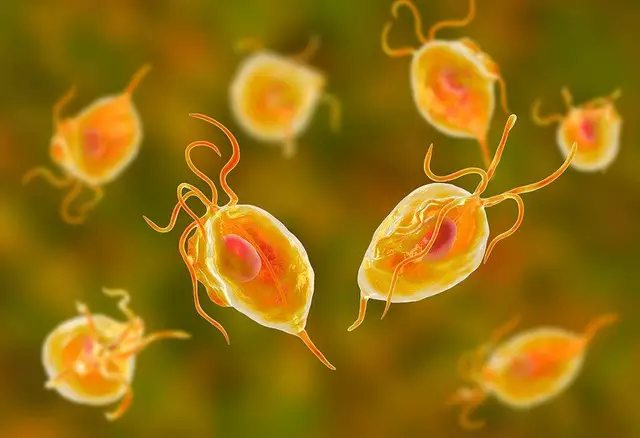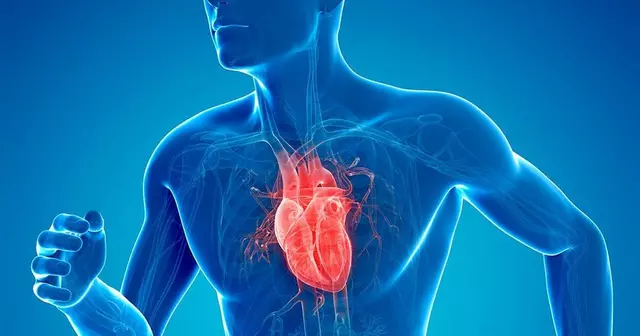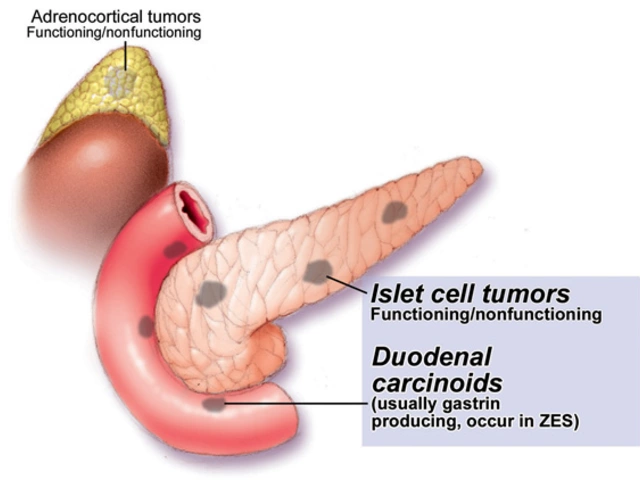RA Pain Management: Guides, Treatments, and Tips
When dealing with RA pain management, the practice of reducing discomfort and joint inflammation caused by rheumatoid arthritis. Also known as rheumatoid arthritis pain control, it blends medication, lifestyle changes, and targeted therapy to keep daily tasks doable. The condition at the core, Rheumatoid arthritis, an autoimmune disease that attacks joint linings, leading to swelling, stiffness, and pain, drives every decision in this field. To tackle the pain, most plans rely on NSAIDs, non‑steroidal anti‑inflammatory drugs that blunt swelling and relieve mild‑to‑moderate pain, as a first line. When inflammation persists, Biologic therapy, targeted agents that block specific immune pathways, offering powerful control of disease activity, becomes essential. These three entities—RA pain management, rheumatoid arthritis, NSAIDs, and biologic therapy—form the backbone of any comprehensive approach.
Key Components of RA Pain Management
The first semantic triple is clear: RA pain management encompasses medication strategies. Prescription NSAIDs such as ibuprofen or naproxen provide quick relief, but they don’t halt disease progression. That’s where disease‑modifying anti‑rheumatic drugs (DMARDs) and biologics step in, effective RA pain management requires disease‑modifying agents. Biologics like etanercept or adalimumab specifically target cytokines that fuel joint damage, often reducing pain more dramatically than NSAIDs alone. The second triple links therapy and function: Physical therapy influences RA pain outcomes. Tailored exercises improve joint range, strengthen surrounding muscles, and teach patients how to protect joints during daily tasks. Occupational therapists also suggest ergonomic tools—think adaptive kitchen gadgets or cushioned grips—to lower strain. Combining these modalities creates a synergistic effect, where medication tames the inflammation and rehab restores movement, leading to sustained comfort.
Beyond drugs and therapy, lifestyle tweaks play a vital role, RA pain management benefits from holistic habits. A balanced diet rich in omega‑3 fatty acids, found in fish or flaxseed, can modestly dampen inflammation. Regular low‑impact activities—such as swimming or tai chi—boost cardiovascular health without overloading joints. Stress management, whether through mindfulness or simple breathing exercises, also matters because cortisol spikes can aggravate pain. When you piece together these elements—medical treatment, physical rehab, nutrition, and stress control—you get a roadmap that covers the breadth of topics you’ll see in the articles below. Dive in to discover practical medication guides, therapy tips, and everyday strategies that turn RA pain management from a challenge into a manageable routine.

- Oct 13, 2025
- Posted by Cillian Osterfield
Effective Strategies to Manage Rheumatoid Arthritis Pain
Discover proven ways to ease rheumatoid arthritis pain, from medication combos and joint‑friendly exercise to anti‑inflammatory foods and stress‑busting techniques.
Categories
- Health and Wellness (61)
- Medications (45)
- Health and Medicine (22)
- Pharmacy Services (11)
- Mental Health (5)
- Health and Career (2)
- Medical Research (2)
- Business and Finance (2)
- Health Information (2)
Latest Posts
©2025 heydoctor.su. All rights reserved





